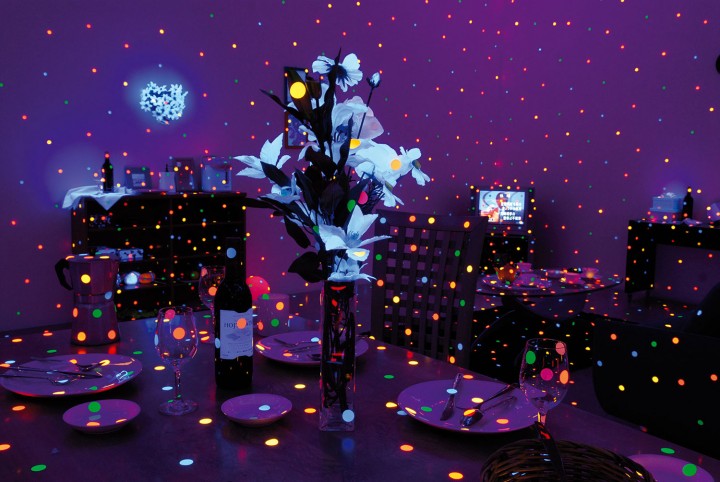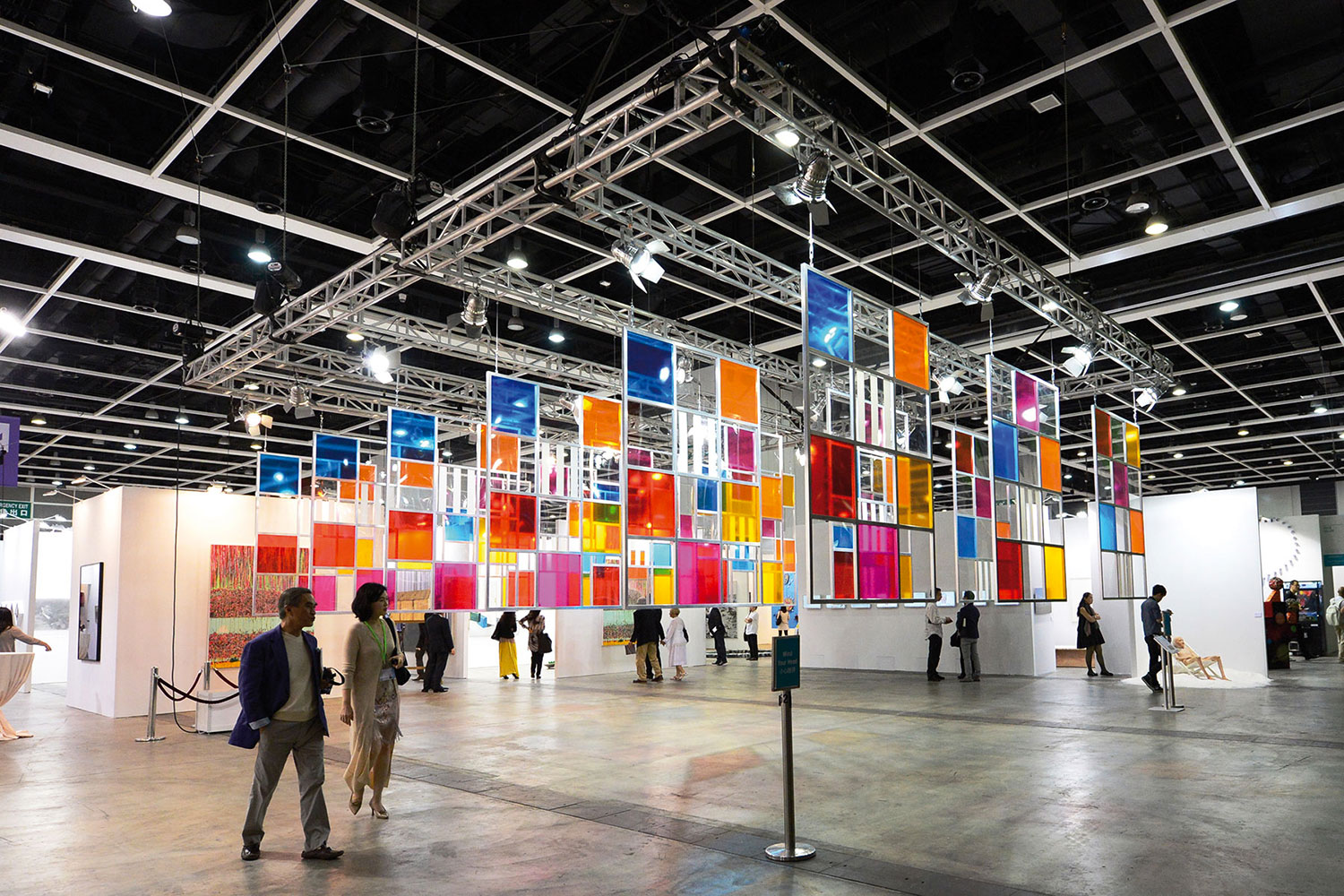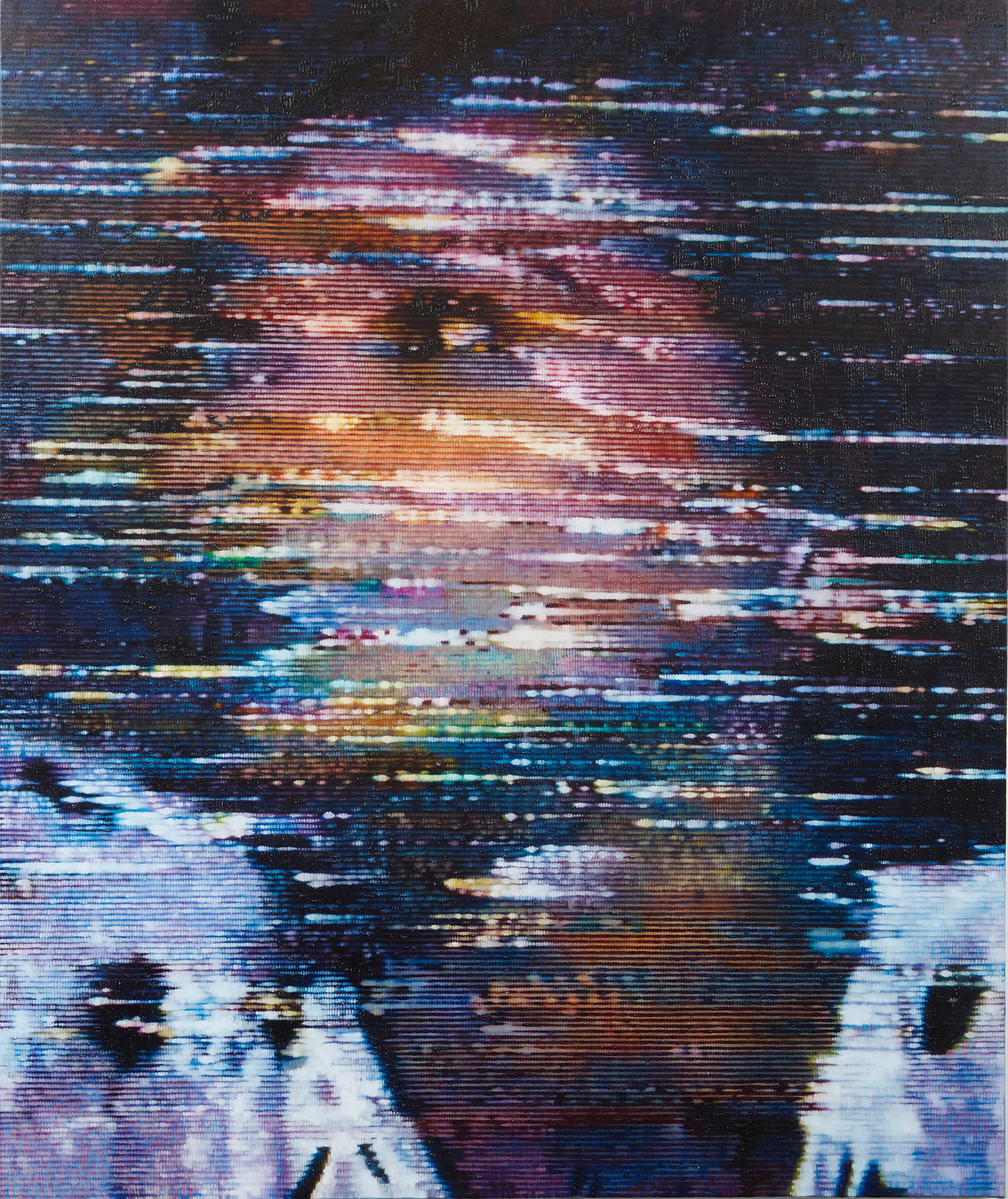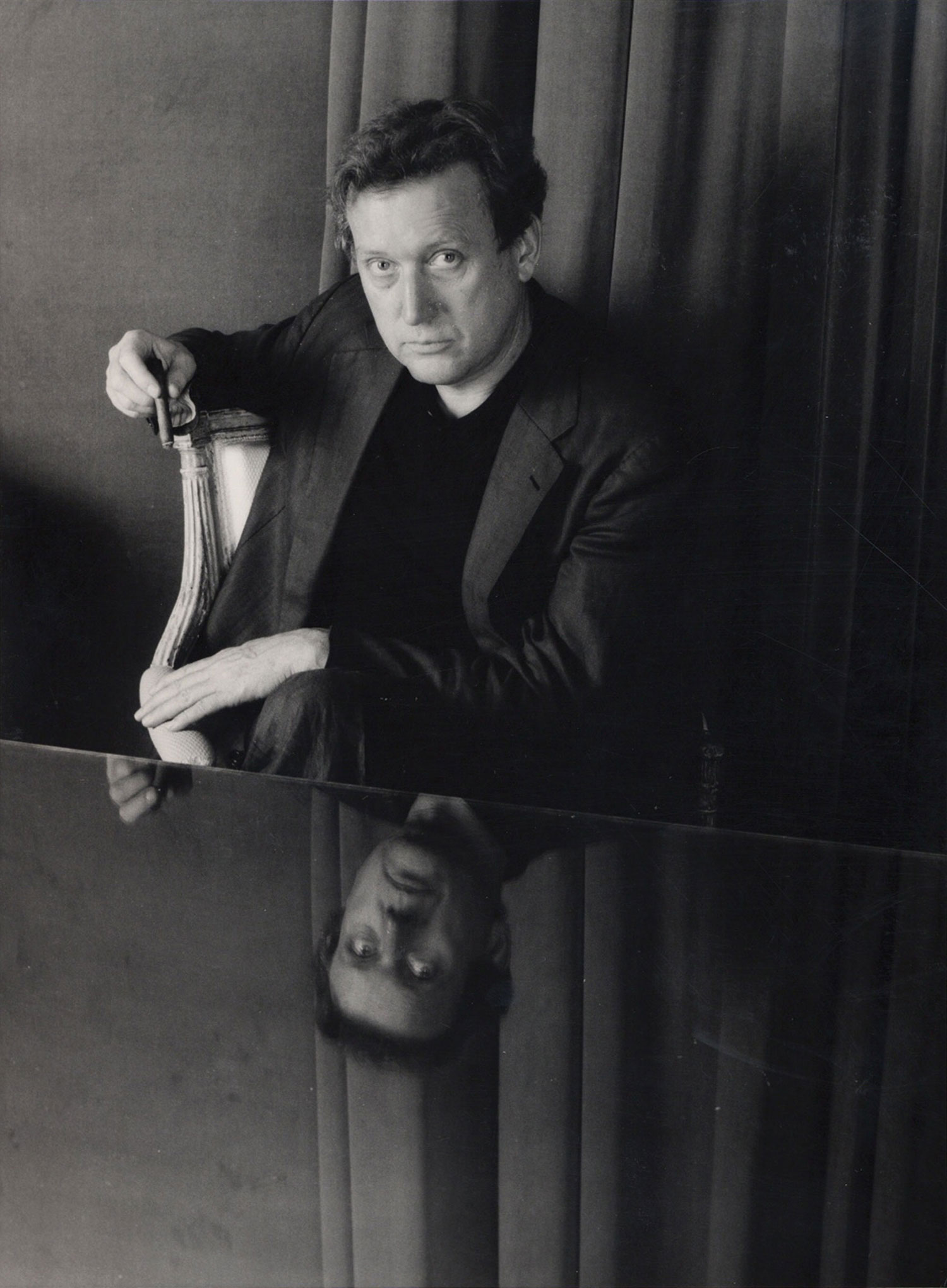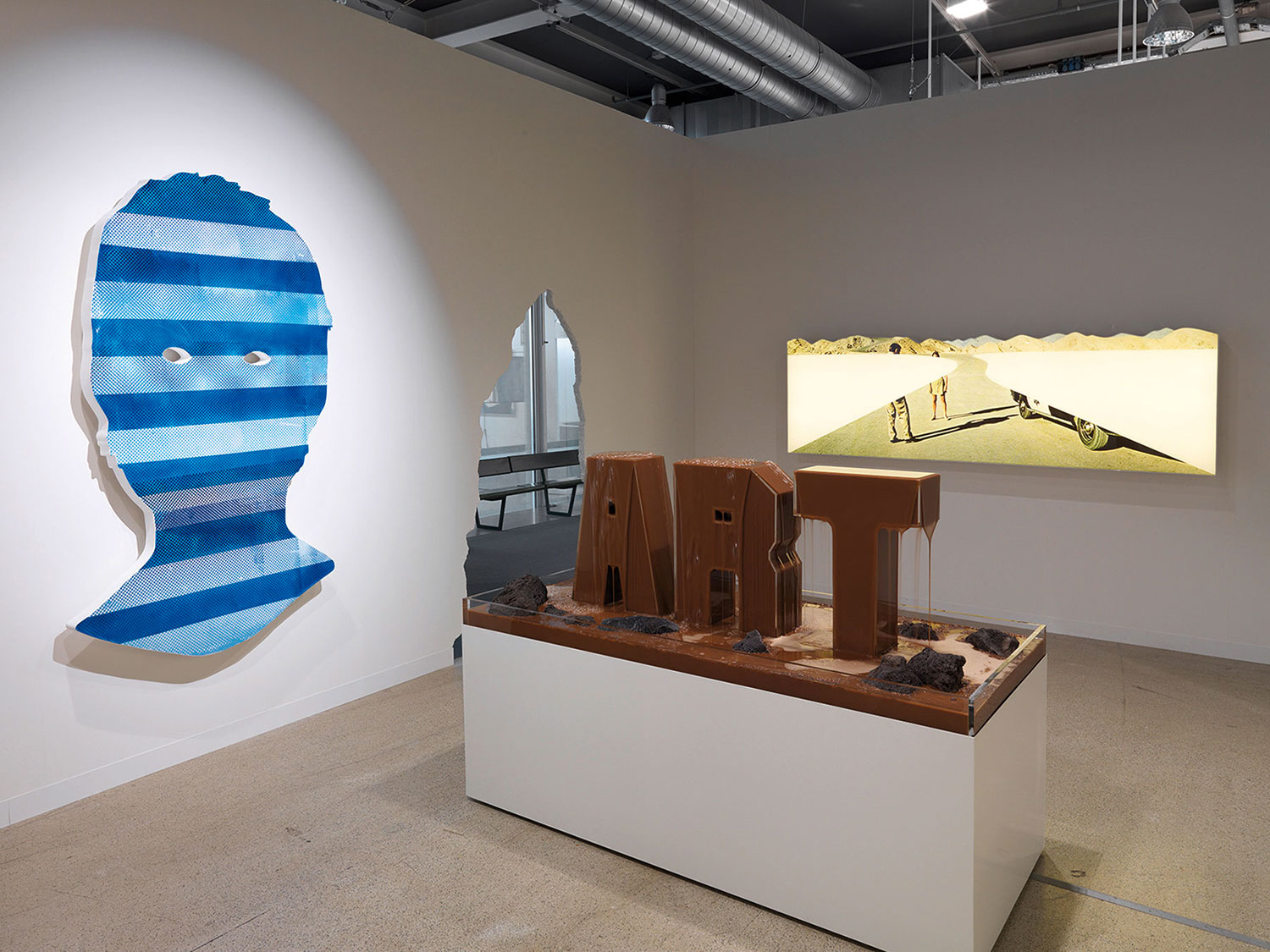
For a woman of 83, you could say that Yayoi Kusama’s moment has been a long time coming. It’s not that she’s been particularly unsuccessful or insignificant until now, rather that throughout her sixty-plus years of exhibition practice, Kusama has always seemed curiously — fascinatingly — out of step with her times. While associated with numerous developments in international art from the postwar period to the present day, she has somehow eluded shorthand art-historical description as a minimalist, a Pop artist or a conceptualist, a fate that has befallen many of her illustrious friends and contemporaries: Donald Judd, Andy Warhol, On Kawara. For decades this meant that she was commercially overlooked and written out of an art history that she helped construct, while her struggles with the social conditions of her identity — as a woman artist, an Asian artist, an artist living with mental illness — are well documented. But it is arguably because of her consummate ‘insider-outsider’ status, coupled with an astonishing output and a consistently experimental approach to a bewildering array of media across a range of cultural fields, that she has managed to combine popular appeal with art-world credibility. She has achieved the rare position of having both historical and contemporary significance.
And so it is that in the seventh decade of her practice, Kusama’s moment has finally arrived. With a full career retrospective due to open at the Whitney after iterations at the Reina Sofia, the Pompidou and the Tate, on top of museum-scale exhibitions of new work in Australia and Japan, solos with Victoria Miro and Gagosian, regular appearances at art fairs and biennales worldwide, and a much-vaunted collaboration with Louis Vuitton, all taking place in the last twelve months, the artist, and her profile, show no sign of slowing down. Her aesthetic, forged in traumatized post-war Japan and the avant-garde of ’60s New York, demonstrated its extraordinary currency and public accessibility when The Obliteration Room (2011), an interactive work that Kusama had designed for children, became an international Twitter phenomenon in January. While all this is cause for a certain celebration, the degree of public visibility also allows for critical reassessment of the artist and her work, accounts of which have been necessarily partial, focusing on particular periods of her life, most often her furiously inventive New York years, or aspects of her identity, intriguing biography or formidable media persona.

In this respect, it is informative to track the various critical frameworks through which the artist’s work has been read. Kusama’s early, modestly scaled watercolors operated within the general discursive territory in which the nihonga (literally “Japanese-style painting”) of her academic training intersected with idiomatic Japanese surrealism, re-emerging after suppression during the ’30s and ’40s, and a fascination for American Abstract Expressionism. Interestingly, two of her earliest champions, Shiho Nishimaru and Ryuzaburo Shikiba, were psychiatrists. On relocating to the United States in 1957, first to Seattle, then to New York several months later, Kusama’s work underwent a profound shift in palette, scale and composition under the influence of first-hand encounters with the canvases of Mark Rothko and Barnett Newman. During this period, her work tended to be discussed in the typically modernist terms of its formal innovations as it evolved from her iconic net paintings through soft sculpture to installation, performance and happenings. Gradually leaving the art world to embrace street protest, the sexual revolution and popular culture in the late ’60s, tabloid scandal and titillation became the order of the day, before her return to Japan in the mid-’70s found a critical community unable to assimilate her work with the developments of that country’s own turbulent sixties. This combination of popular sensationalism and critical ambivalence has been cited as one of the factors leading to her subsequent mental breakdown, and she faded from the view of the West.
Kusama’s “rediscovery” fifteen years later found enhanced focus on her role as a racial and sexual other in the Green Gallery circle of the late ’50s and early ’60s, with particular attention to the generative effects of her illness on her work. Standard accounts posited her all-consuming nets and especially her trademark polka dots as inspired by and even direct representations of hallucinations suffered during childhood, which were attributed to an unhappy family life. Japanese criticism, on the other hand, has tended to concentrate on the richness of Kusama’s practice, which, by the end of the ’70s, had taken a literary turn, the artist producing numerous volumes of poetry and prose in addition to ongoing work in painting, sculpture, print-making and collage, supported throughout the ’80s by such pioneering Tokyo spaces as Fuji Television Gallery and the Hara Museum of Contemporary Art. Kusama herself has had much to say about her influence on numerous major figures in American art, among them Donald Judd, Andy Warhol, Claes Oldenberg and Lucas Samaras, while asserting her relevance as a contemporary artist and no mere historical curiosity. More recently, her verve for self-promotion, collaborations with fashion houses and merchandisers, and made-to-order works of spectacular scale, have seen her grouped alongside those great marketers of contemporary art Jeff Koons, Damien Hirst and Takashi Murakami.
While all of these perspectives shed light on aspects of Kusama’s work, they are insufficient in isolation to account for the totality of her practice. Nor do they fit together particularly well; in combination, they often reveal more about the position from which Kusama is seen that they do about her art. The picture is further complicated by contextual and historical factors. For instance, Kusama was not the only Japanese avant-garde artist to spend time in the United States in the mid-twentieth century: Yoko Ono had been living in New York with her family since 1952, Ay-O and Tadaaki Kuwayama arrived in 1958, Shusaku Arakawa in 1961 and On Kawara in 1965. For its 1965 survey “The New Japanese Painting and Sculpture,” MoMA managed to conduct studio visits with over 100 New York-based Japanese artists. Kusama also had the singular distinction of being active in Europe as well as the US, through her association with the concrete art and “new tendencies” avant-gardes Nul, Zero, Azimuth and the French Nouveaux réalistes. These connections not only enrich considerations of the optical and spatial complexity of her work; the Duchampian exploitation of artistic persona by Yves Klein, Piero Manzoni and Kusama’s sponsor and collaborator Lucio Fontana offer interesting perspectives on the development of the artist’s image as a recognizable icon. In addition to an exhausting commitment to studio practice, Kusama maintains fastidious control over any work requiring fabrication, as she does with her various commercial collaborations, despite having lived as a permanent psychiatric patient since 1977.

Given that it features so prominently in her life and work, Kusama’s mental state is worth addressing in relation to her practice. Her illness, which emerged in childhood, has been diagnosed as depersonalisation syndrome, a severe dissociative disorder that can result in episodes of detachment and anxiety, as well as obsessive-compulsive disorder. Assessment of the relationship between the artist’s illness and her work has shifted over the course of her career, both on the part of critics and historians, and by the artist herself. In addition to the argument that her visual motifs are attempts to picture psychic trauma, Kusama’s work is often thought to be a product of her obsessive disposition, which would account for its repetitive, labor-intensive character, as well as being a therapeutic outlet for her suffering. More recently, however, Kusama has suggested that her condition, at least in its current manifestation, is as much a product of her work, possibly due its proximity to the core of her practice. Whatever the case, illness provides an unstable framework for interpretation.
Nevertheless, there is something decidedly contemporary about the collocation of personal trauma and aesthetic sublime in Kusama’s work, even if her internal suffering manifests only as temporary visual or spatial disturbances in the viewer through assured games of color, contrast, line, light and scale, not to mention uncanny organic and sexually suggestive structures and compositions. Her recent work is most fully realized in this regard, and makes a compelling, if unconventional, standpoint from which to view her earlier production. Frequently participatory and physically or perceptually encompassing, Kusama’s work appears to have long anticipated the politics of spectacle underlying much contemporary museum display, as immersive and interactive art become the order of the day. But for all its phenomenological effectiveness, it is arguably the warmth of Kusama’s work, its little idiosyncrasies, its endearing oddness that causes the crowds and the critics to return to it. In this sense, it is telling that the two artists Kusama cites as most influential on her work are not Judd and Warhol but her early mentor, Georgia O’Keeffe, and her lover of ten years, Joseph Cornell: figures similarly close to the art of their time who ultimately deny easy categorization. The greatness of van Gogh, Kusama has written, lay not in his demons but the “tenacious beauty” of his art. This, then, is an artistic intention worth bearing in mind when taking this moment to look back over Kusama’s vast and incomparable oeuvre.

